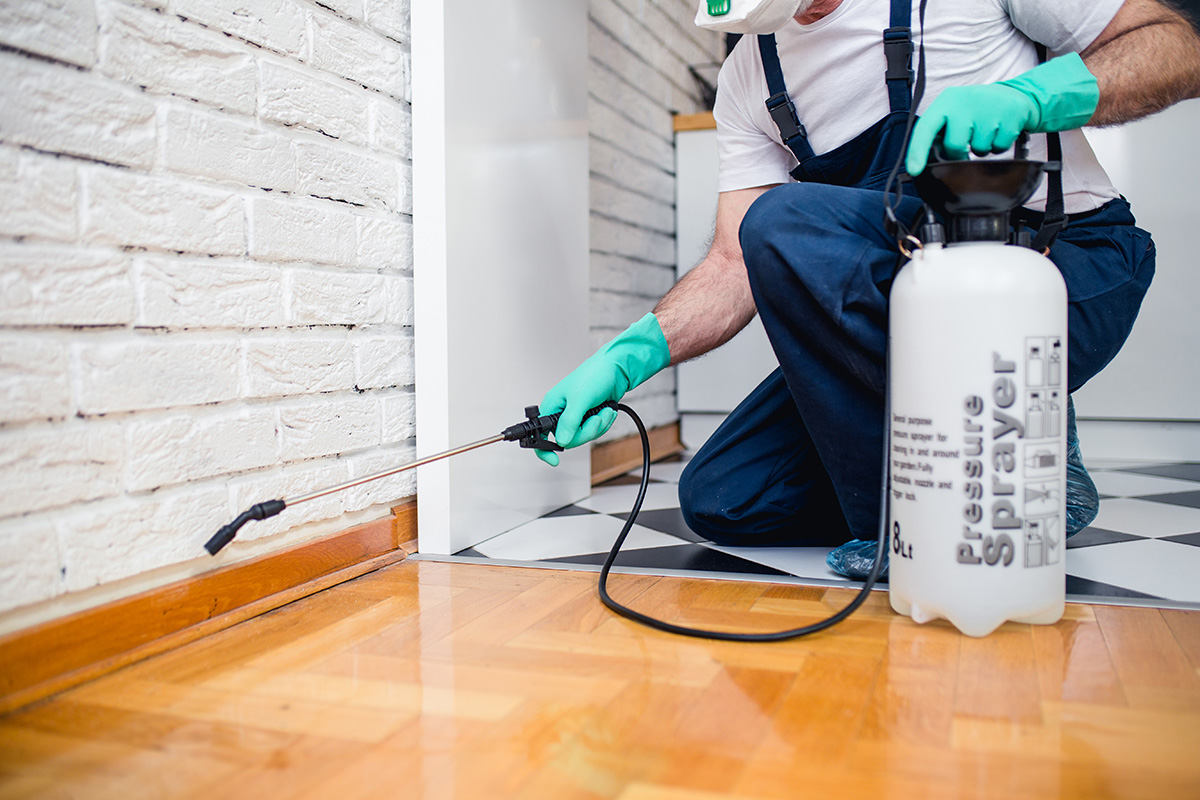Top 5 Invasive Species along with How to Manage Them
Invasive species can disrupt on ecosystems and pose serious challenges to pest control in residences and businesses. As some exotic pests flourish in foreign habitats, they often become difficult to control and can cause harm to assets and human health. Understanding the specific invasive species to look out for, along with suitable management strategies, is crucial for maintaining your living space pest-free throughout the year.
In this document, we will explore the five most common invasive species that property owners and property managers should be cognizant of. We will look into their characteristics, the dangers they pose, and provide actionable advice on how to prevent and control these pests. From typical household nuisances to more serious threats, knowing how to spot these invaders and reacting appropriately can help safeguard your home and well-being.
Common Home Nuisances
Home pests are a frequent issue for property owners, and understanding their patterns is crucial to effective management. Frequent pests include termites, German cockroaches, and mattress critters. Ant species are very social insects that often invade homes in search of sustenance. They can quickly become a serious problem, especially when foraging trails lead to nests within structures or crawl spaces. Roaches, on the other hand, flourish in dark, hot places, making them particularly difficult to remove once they establish a presence. Bedbugs are infamous for their ability to lurk in small cracks and crevices, sucking on human blood during the hours of sleep, which can cause irritation and worry for those impacted.
Successful pest management begins with proper diagnosis to implement the right strategies. For instance, handling with ants may involve sealing entrances and installing poisoned baits, while cockroach control calls for careful cleaning and possibly insecticide treatments in problematic locations. Bedbug removal often necessitates expert extermination due to their hardiness and rapid reproduction speed. Residents should be attentive about clues of problems, such as droppings, homes, or wounds, and act quickly to diminish issues.
Recognizing the usual conduct and habitats of these pests can substantially influence the effectiveness of control efforts. Seasonal changes can also impact pest activity, with certain species becoming more noticeable in early spring or fall. Regular maintenance, including checks and prevention strategies, can help curb the problem before it grows. By remaining ahead of the game and educated, residents can create a clean environment all year the calendar.
Effective Insect Management Methods
To efficiently manage non-native species and home pests, a all-encompassing approach is necessary. This involves understanding the specific pests you are confronting, including their behavior and environments. For example, ants may be attracted to food supplies, while rodents seek harbor. Detecting is the initial step in crafting your pest control approach. Once the pests are detected, you can determine the most effective methods of removal, focusing on both quick action and sustained avoidance.
In addition to classic pesticides, explore incorporating natural pest control solutions that are harmless for both your household and the surroundings. Utilizing natural oils, diatomaceous earth, and catching systems can efficiently reduce pest populations without toxic chemicals. Furthermore, these methods often complement professional pest control offerings, guaranteeing that your home is kept pest-free year-round. Be aware that some pests, such as termites and cockroaches, require specialized treatment due to their toughness and the potential damage they can inflict.
Preventative actions play a key role in pest control strategies. Regularly inspecting your home for signs of invasion and ensuring cleanliness can greatly lower the chance of pest problems. look at this web-site , such as sealing cracks, protecting food storage, and controlling your landscape, is essential in keeping invasive species at away. By understanding how to defend your home based on the varying seasons, you can create a preemptive approach that minimizes the likelihood of infestations. Establishing a schedule for professional inspections can also assist catch potential concerns before they grow, ensuring your home remains a pest-free refuge.
Seasonal Pest Control Tips

As the seasons shift, so do the types of bugs that may invade your house. Spring brings a surge in insects like ants and mosquito populations. To prepare, ensure that your window frames and doors are properly sealed, and inspect for any openings that could attract these insects. Regularly cleaning your yard and removing rubbish can significantly minimize their breeding sites. Additionally, consider establishing a bug prevention program in the beginning of spring to anticipate potential invasions.
In the summer months, the heat can lead to an influx of multiple bugs including wasp nests and flies. Keep article source by quickly addressing spills and keeping food in sealed containers. Using outdoor pest control methods like citronella candles can assist fight mosquitoes during outdoor gatherings. It's also wise to inspect your house’s outside for any fissures or gaps that could allow bugs easy entry to your living space.
As fall approaches, mice and rats often seek shelter from the chill. Seal any gaps in your home's base or around pipes to prevent mice and rats from entering your house. check out the post right here from the building and make sure that your gutters are unclogged to prevent liquid accumulation, which can lure in pests. Routine checks and maintenance will help keep your home pest-free through the chilly season, laying a strong foundation for continued bug management in winter.